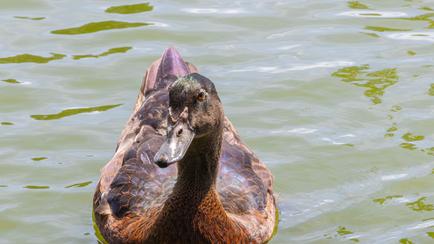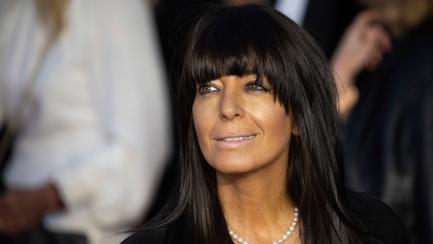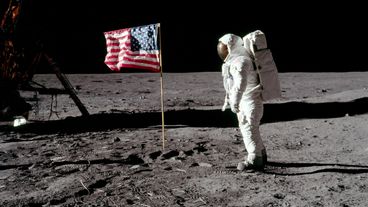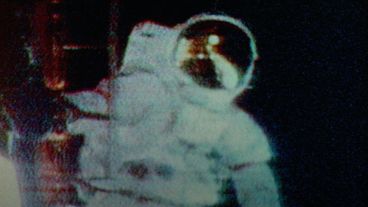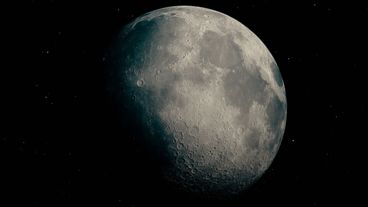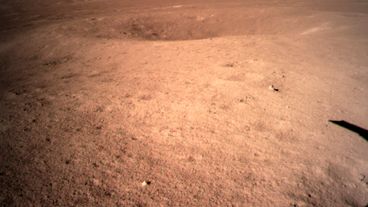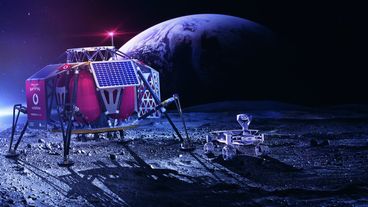Moon landing
50 years ago, we saw what humanity was capable of. And we can do that again, but before we do, we need to ensure AI is for the good of society, Ivana Bartoletti writes.
It’s been half a century since humankind first landed on the moon. When astronaut Neil Armstrong took the first step in 1969, over half a billion people were watching at home for the climax of a Space Race between nations. Twelve people walked on the lunar surface as part of the Apollo missions, and today a new race to return to the moon is underway.
As Apollo 11 launched from on 16 July 1969, a sea of men watched on from inside NASA's firing room in Florida. Among them was one woman. JoAnn Morgan made her prime-time debut as the first female launch controller during Armstrong, Aldrin and Collins’ historic mission to the moon. But getting there wasn’t easy.
NASA has announced plans for a new mission to the moon which, for the first time in history, will include women. The new mission is named Artemis, the twin sister of Apollo and goddess of the moon, and will mark humankind’s return to the moon after almost fifty years. Women have been visiting space since 1963, but all twelve astronauts who walked on the surface of the moon in the Apollo programme were men.
It is also known as the dark side of the moon.
The mission launches in 2019.


